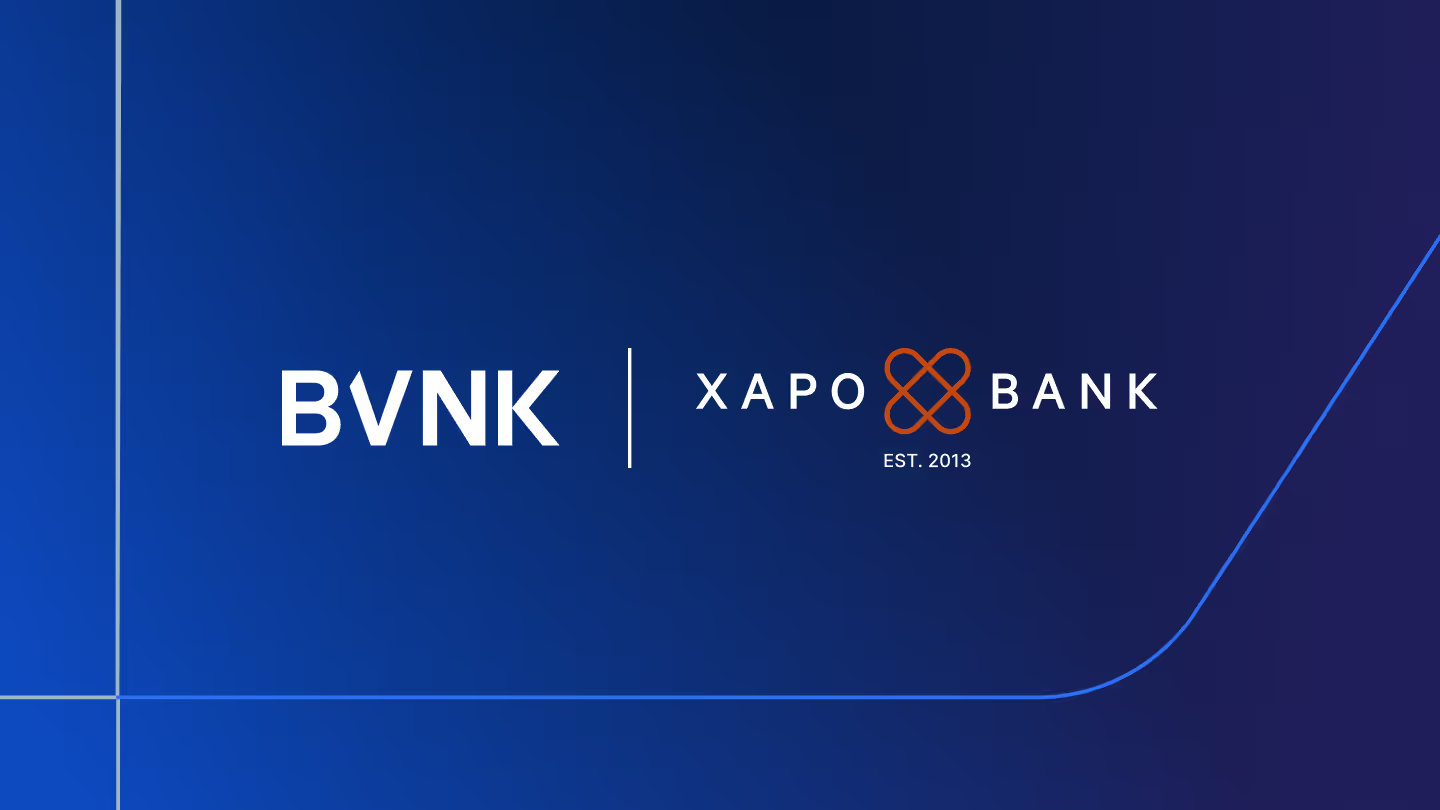The next generation of fintechs will build with stablecoins
By building across banks and blockchains, we empower businesses to grow by expanding their access to customers across the globe.
.avif)
There’s a new type of payments infrastructure emerging in the middle of banks and blockchains. It brings together the best of both systems to unlock trillions of dollars of working capital and power economic growth. It recognises the efficiencies of stablecoins, and the dominance and network effect of fiat currencies like dollars.
Most importantly, it puts us in a better position to tackle three of the most painful problems in payments today: access, speed and transparency.
In this post, I’ll cover why I think those problems are so significant (and for who), how stablecoins address many of those challenges, and why – for the time being at least – fintechs need to meet in the middle of banks and blockchains.
The growth of value-added services in payments
First, let’s take a look at the changing landscape in payments. Over the last few decades, fintechs have built value-added services for businesses and consumers, on top of core banking rails.
These fintechs have done an incredible job of transforming experiences for customers, abstracting away much of the complexity of the banking rails below them.
As an example, remittance fintechs have created their own global networks on top of Swift to enable fast, low-cost transfers. While merchant acquirers have integrated with multiple local payment methods and optimised payment flows, businesses can accept payments everywhere.
3 problems remain: speed, access and transparency
Yet for all this innovation, most businesses still face three major problems with their payments.
1. The problem of access.
Strong global currencies like dollars are in demand. These currencies are stable, liquid, widely-accepted and they dominate global finance. Nonetheless, access to dollars is controlled by a complex system of governments, correspondent banks and local payment companies. When taken as a whole, this limits the ability for people around the world to earn, hold and pay using the currency of their choice.
2. The problem of speed.
Businesses are growing customers and supply chains globally. But fiat payment systems struggle across borders, slowing down economic activity. And even if the rails are active, the banks might be closed. Fiat banking systems only run during working hours. FX markets move around 8 trillion a day. Standard settlement cycles are T+2 – and sometimes longer, eg to emerging markets, if low-value transactions are settled in bulk, or where high value payments exceed transaction caps. While in transit that capital is unavailable for liquidity, and for fintechs this creates a barrier to growth and the necessity to fill the gap with corporate capital.
3. The problem of transparency.
Hidden fees and unpredictable charges crop up across the payments value chain: foreign exchange fees, intermediate bank charges, settlement bank charges and so on. These erode margins and make it harder for fintechs to sell onward services at a profit.
Visibility into payment status is also a persistent challenge. It’s hard to know where funds are in a cross-border payment, and even harder to predict when they’ll settle. As an example, one of our US investors sent a bank payment to our business account in the UK, but it got lost in the Swift system for more than a month.
These three problems aren't just inconveniences; they directly impact capital efficiency and liquidity. Businesses are trying to grow with their hands tied.
Fintechs are held back by the same issues
Fintechs are not immune, and it's getting harder to innovate. When your business is moving money, these three problems are often even more acute.
Consider the remittance provider we mentioned earlier. They have to perfectly predict demand and balance liquidity between bank accounts around the world, prefunding local payout partners and keeping costly overdrafts, while dealing with depreciating local currencies in some markets.
Or the merchant acquirer who needs to settle its merchants reliably and ever faster to stay competitive, but cross-border settlement times can still take up to a week.
Stablecoins are a new global base layer for payments
I believe that blockchains and stablecoins can act as a new base layer for payments, solving many of the issues I’ve outlined in this post.
- For those who struggle to access US dollars, US-dollar pegged stablecoins present an open, accessible alternative.
- For those who struggle to move money quickly cross-border, blockchains operate 24/7 and stablecoins settle in minutes.
- For those who don’t have enough transaction information to work efficiently, blockchains provide an immutable, transparent, shared ledger.
- For fintechs selling onward services, this technology is permissionless and composable, providing ample opportunity to innovate.
With stablecoin technology, we empower businesses to grow by expanding their access to new customers. We free up working capital and maximise financial flexibility.
Fintechs are meeting in the middle
The benefits of blockchains and stablecoins for payments are clear, but until they’re used more widely, we won’t see the full impact. Network effects are not yet in play. Not every business can, or wants to, send or receive stablecoins in 2024. Fiat currencies and systems still power global commerce today.
And so, there is new value to be delivered by bridging banks and blockchains.
As the crypto industry matures and regulation provides greater clarity, more businesses will want the flexibility to move between fiat and digital currencies. We’ll see a new ecosystem of fintechs spring up, integrating local real-time banking networks with blockchain networks, and using stablecoin as the underlying settlement network.
In time, every fintech and bank will have some stablecoin capability.
That’s really how BVNK started and how we’ve grown to processing $5bn in payments annually, with almost 90% of our flows involving a stablecoin. As an infrastructure partner, we enable other businesses to work across financial worlds, and other fintechs to launch stablecoin payment products for their customers.
We’re helping trading platforms like IC Markets to add crypto to their checkout, so they can accept payments in almost every country, and be settled in fiat.
We’re helping fintechs like Freemarket launch stablecoin wallets, so their customers can see a stablecoin balance alongside a fiat one, and move money instantly. We’re also helping payment providers like dLocal to send same day settlements to their merchants in other markets.
Our mission is to accelerate the global movement of money
This isn’t just about speeding up transactions. It’s about unlocking trapped capital, powering payments innovation and paving the way for thousands of businesses to succeed.
We’re doing that by building with the best of blockchain on one side, and on the other: faster payment schemes and multiple layers of banking redundancy.
In future posts, I’ll be writing more about the three core problems of access, speed, transparency in payments, and how BVNK plans to tackle these head-on for our customers, so watch this space.
If you’d like to discuss any of these topics or talk to us about a new payments project, please do get in touch.
Latest news
View allGet payment insights straight to your inbox



.jpg)







.avif)


.jpg)





